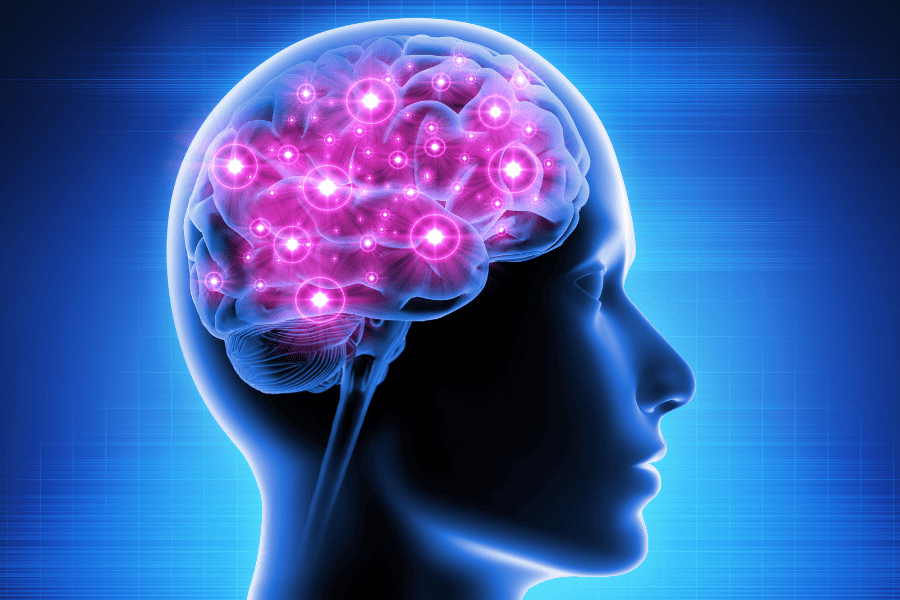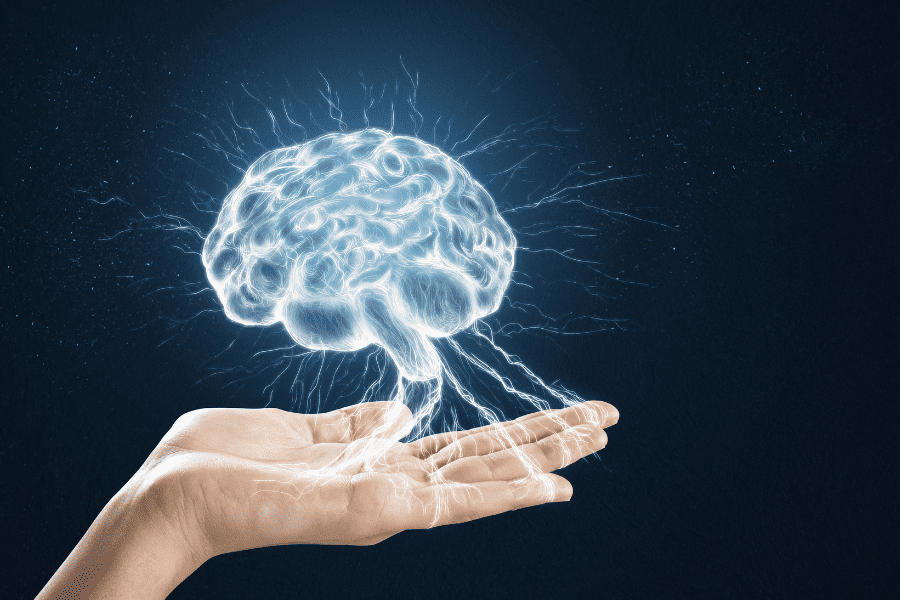
- What is a Brain Aneurysm?
- Causes of Brain Aneurysms
- Treatment Options
- Recovery and Rehabilitation
- Long-term Outlook and Prevention
- Seeking Treatment
The human brain, with its intricate network of blood vessels, is a remarkable organ that plays a vital role in our everyday lives. However, certain conditions, including a brain aneurysm, can significantly threaten its well-being. While often a silent threat, understanding this potentially life-threatening condition is crucial for early detection and effective treatment. This blog post will delve into brain aneurysms, exploring their causes, symptoms, and available treatment options.
What is a Brain Aneurysm?
A brain aneurysm, also known as a cerebral or intracranial aneurysm, is an abnormal bulge or ballooning in the wall of a blood vessel within the brain. It occurs when the weakened vessel wall becomes stretched and dilated, creating a potential weak spot that may rupture or leak over time. Most brain aneurysms go undetected until they rupture, leading to a severe medical emergency known as a subarachnoid hemorrhage.
Causes of Brain Aneurysms
 The exact cause of brain aneurysms is unclear, but several risk factors have been identified. These include:
The exact cause of brain aneurysms is unclear, but several risk factors have been identified. These include:
- Age and Gender: Brain aneurysms are more common in individuals over 40 and tend to affect women more frequently than men.
- Family History: A family history of brain aneurysms increases the likelihood of developing the condition.
- Smoking: Tobacco use can significantly elevate the risk of aneurysm formation and rupture.
- High Blood Pressure: Chronic hypertension strains blood vessel walls, potentially increasing the likelihood of an aneurysm.
- Certain Medical Conditions: Polycystic kidney disease and connective tissue disorders can predispose individuals to brain aneurysms.
- Symptoms and Diagnosis:
- Brain aneurysms often do not produce any symptoms until they rupture. However, in some instances, unruptured aneurysms can cause symptoms such as localized headaches, vision problems, dilated pupils, or cranial nerve palsies. On the other hand, a ruptured aneurysm presents with a sudden and severe headache, neck pain, nausea, vomiting, sensitivity to light, seizures, loss of consciousness, or even coma.
Diagnosing a brain aneurysm typically involves a combination of imaging tests, including computed tomography (CT) scans, magnetic resonance imaging (MRI), and cerebral angiography. These tests help visualize the aneurysm’s size, location, and surrounding blood vessels, enabling neurosurgeons to determine the most appropriate treatment approach.
Treatment Options
 The management of brain aneurysms depends on various factors, such as the aneurysm’s size, location, and the individual’s overall health. Treatment options include:
The management of brain aneurysms depends on various factors, such as the aneurysm’s size, location, and the individual’s overall health. Treatment options include:
- Observation: Small, unruptured aneurysms may be closely monitored over time, especially if they are not causing symptoms.
- Endovascular Coiling: This minimally invasive procedure involves inserting a catheter through a blood vessel in the groin and navigating it to the aneurysm site. A platinum coil is placed inside the aneurysm, promoting blood clotting and reducing the risk of rupture.
- Surgical Clipping: In this procedure, a neurosurgeon places a metal clip at the base of the aneurysm to prevent blood flow and reduce the risk of rupture.
- Flow Diversion: A relatively new technique, flow diversion involves placing a stent-like device called a flow diverter across the neck of the aneurysm. This redirects blood flow away from the aneurysm, promoting healing and preventing rupture.
Treatment choice depends on various factors, such as the aneurysm’s size, location, and the individual’s overall health. The neurosurgeon will carefully assess each case and recommend the most suitable treatment to achieve the best possible outcome.
Recovery and Rehabilitation
Following treatment for a brain aneurysm, the road to recovery may vary for each individual. Some patients may require a hospital stay for monitoring and rehabilitation, while others may be able to recover at home. Recovery often involves a multidisciplinary approach, with healthcare professionals, including neurosurgeons, neurologists, and physical therapists, working together to facilitate healing and address associated complications.
Long-term Outlook and Prevention
 The long-term outlook for individuals with a brain aneurysm depends on various factors, such as the size and location of the aneurysm, the treatment received, and the individual’s overall health. With timely detection, appropriate treatment, and ongoing management, the risk of rupture can be significantly reduced.
The long-term outlook for individuals with a brain aneurysm depends on various factors, such as the size and location of the aneurysm, the treatment received, and the individual’s overall health. With timely detection, appropriate treatment, and ongoing management, the risk of rupture can be significantly reduced.
Prevention plays a crucial role in mitigating the risk of developing brain aneurysms. Lifestyle modifications such as quitting smoking, managing hypertension, and adopting a healthy diet and exercise routine can significantly contribute to overall vascular health. Additionally, individuals with a family history of brain aneurysms may consider seeking genetic counseling to assess their risk and explore preventive measures.
Seeking Treatment
Brain aneurysms are severe medical conditions that require prompt attention and appropriate treatment. Understanding the causes, recognizing the symptoms, and seeking medical evaluation can significantly improve the chances of detecting an aneurysm before it ruptures. With advancements in diagnostic techniques and treatment options, the neurosurgeons at Orlando Neurosurgery can provide effective interventions to reduce the risk of rupture, promote healing, and enhance the quality of life for individuals affected by brain aneurysms. Stay proactive about your brain health and consult a healthcare professional if you have any concerns or risk factors associated with brain aneurysms.
Sign Up for Our Newsletter
Get the latest news and updates from Orlando Neurosurgery delivered straight to your inbox.


